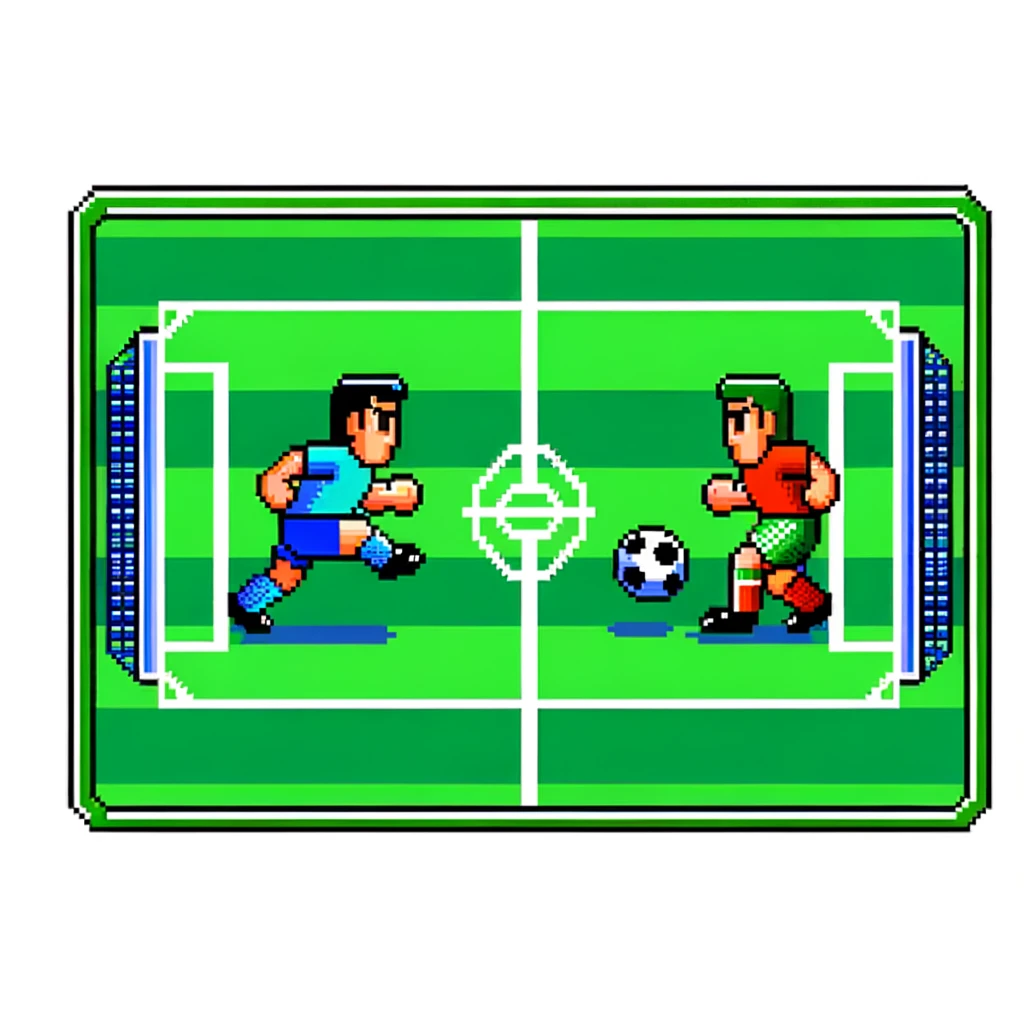
Game-Changing Impact of Transitions in Soccer: Revolutionizing Coaching and Player Development
In the dynamic world of soccer, understanding and mastering transitions—those pivotal moments when the ball shifts between offense and defense—can make or break a game. A recent comprehensive review delves into these critical phases, illuminating their complexities and their profound impact on game outcomes. This blog unpacks the significance of transitions in soccer, offering insights into how this knowledge can revolutionize coaching and player development.
Understanding Transitions in Soccer
Transitions in soccer are not merely about the ball moving from one team to another; they represent a fundamental shift in tactical dynamics that can create opportunities or expose vulnerabilities. These moments dictate whether a team can capitalize on a disorganized opponent or whether they’ll be caught off-guard themselves. According to the review, transitions can be broadly categorized into offensive and defensive, each with unique triggers and outcomes.
Offensive Transitions
An offensive transition occurs when a team regains possession and moves into an attacking mode. This moment is crucial for exploiting the temporary imbalance in the opponent’s setup, aiming to strike swiftly and effectively.
Defensive Transitions
Conversely, a defensive transition begins the moment a team loses the ball. The immediate focus shifts to reorganizing and stabilizing the defense to prevent scoring opportunities for the opposing team.
The Significance of Counterattacks
One key outcome of effective transitions is the counterattack. Counterattacks are rapid, direct movements toward the opponent’s goal, often occurring when the opposing team is still in an attacking configuration, which makes them vulnerable to quick breaks. Studies cited in the review reveal that a substantial portion of goals in major tournaments originate from these swift counterattacks, highlighting their importance in modern soccer strategies.
Enhancing Coaching Strategies with Transition Insights
The nuanced understanding of transitions provided by the review has significant implications for soccer coaching and player development:
Tailored Training Programs
Coaches can develop specialized training programs that focus on improving players’ reaction times and decision-making during these critical moments. This includes drills that simulate game-like conditions where players must quickly switch from offense to defense and vice versa.
Tactical Adjustments
Understanding the dynamics of transitions allows coaches to make tactical adjustments based on real-time game analysis. By identifying patterns in opponents’ transition strategies, coaches can devise counter-strategies to exploit their weaknesses.
Player Roles and Responsibilities
Clear roles and responsibilities can be assigned to players during transitions, ensuring that each team member knows their specific duties during these phases, whether it’s to attack swiftly or to fall back and defend.
The Future of Soccer Coaching
As soccer continues to evolve, the teams that can master the art of transitions will likely dominate the field. Future research, as suggested by the review, should focus on further defining the start and end points of transitions, improving training methods, and integrating technology to analyze and enhance transition strategies.
This insight into transitions not only elevates the game tactically but also prepares players to handle the pressure and opportunities that arise in these fleeting moments. Coaches equipped with this knowledge can transform their teams, making them more adaptive, strategic, and ultimately, more successful.
Engaging the Soccer Community
We encourage coaches, players, and enthusiasts to share their experiences and strategies related to transitions in soccer. What tactics have you found effective? Join the discussion in the comments below!
Advance Your Soccer Knowledge:
Join the elite circle of soccer aficionados who appreciate the game beyond the field. ‘This Week in Soccer’ bridges the gap between complex soccer analytics and practical application. By subscribing to our newsletter, you’ll gain access to exclusive content, infographics, and forums that will enrich your understanding and love for soccer. Embrace the science and strategy of soccer today. Subscribe and transform your perspective!
About the Author
Jon Scaccia is a youth soccer coach and translational scientist. He has worked with the Exeter United Soccer Club for over five years, focusing on U5 development. In his day job, he works in data evaluation and implementation science.



